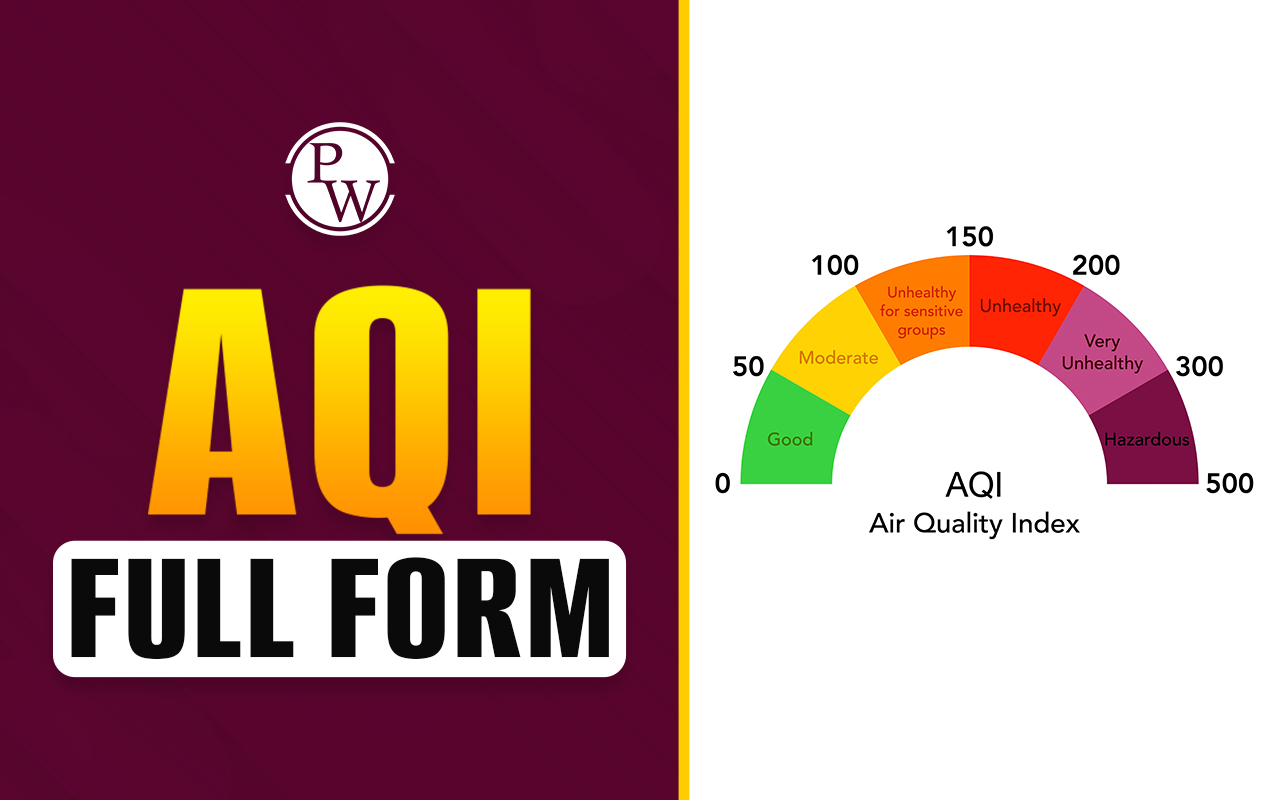
What is the full form of TELNET?
Telnet is the TCP/IP protocol typically utilized for virtual terminal services. It grants you the ability to connect to a remote system so that it gives the impression of being a system in your immediate vicinity. Terminal Network is the complete form of the acronym TELNET.
Network administrators typically utilize the Telnet protocol to remotely access and manage network devices. Telnetting to the Internet Protocol address (IP address) or hostname of a remote device gives them access to the device. Users are granted access to any application running on a remote machine. They can create a link to a remote system with this assistance.
History of TELNET
The accepted name of the Internet protocol is "Telnet," and the name of the command for a type of terminal emulation program used on UNIX systems is also "Telnet." This program enables users to log into remote computer networks, regardless of the physical location of the network being targeted for login.
Emulating several different kinds of terminals, such as ANSI, TTY, and vt52 is a function that is frequently found in software programs. In the early days of networking, somewhere between ten and fifteen years ago, what we now refer to as the "internet" was more or less limited to telnet, FTP (file transfer protocol), rudimentary email programs, and reading the news.
Telnet allowed casual computer users to access library catalogues, online services, bulletin boards, databases, and other network services. However, these services did not have user-friendly graphical user interfaces like those available today.
Working Principle of Telnet:
- It allows users to take advantage of a productive terminal connection significantly larger than 8 bytes by providing access to an interactive and bidirectional text-oriented communication system.
- User data is scattered around the band while telnet control information is transmitted on top of the TCP. It is useful for performing particular operations in a more detached manner.
- Since the user joins the server on the other side using the TCP protocol, this indicates that the connection on the other side is likewise created using the telnet hostname.
Functions OF TELNET:
- Historically, Telnet was frequently used to establish a remote login to a remote server to carry out tasks such as altering files, executing various programs, or reading email on that system. To connect to the system, you would typically utilize Telnet, and after that, you would be prompted to enter a username and password before gaining access to a command line on that system.
- Because the program is not protected, the use of Telnet is unusual in today's world. Anyone who monitors your connection can view your login, password, and any other secret information you type. Telnet does not support modern graphical user interfaces, which means that it is not helpful for remotely utilizing many current programs like word processors, web browsers, or spreadsheets that require a GUI interface. Telnet was developed in the 1980s and is still in use today.
- Some servers provide remote connections through Telnet, which enables users to obtain public data such as weather forecasts or play short video games. Some of these services continue to operate because their creators miss the easier times on the internet. Others continue to use them because they must remain compatible with older computer systems that require access to data.
- Using Telnet, connecting to other software programs that use text-based protocols that are not encrypted is feasible. This includes web servers that send and receive data via connections that are not encrypted.
Basic Parts of TELNET:
- The provision of services to users constitutes the primary function of the internet. Users might, for instance, desire to execute various application programs at a distant site and transfer the results to the local area. You will need a client-server program such as SMTP or FTP to accomplish this. On the other hand, this would prevent us from developing a specialized program to meet the requirements of each demand.
- The provision of a general client-server program that gives the user access to any application program running on a remote machine is the superior approach to this problem. Consequently, an application enables a person to log in to a computer located in another location. To satisfy these requirements, the well-known client-server application Telnet is utilized. Terminal Network is what the abbreviation Telnet stands for.
- A connection to a remote computer can be established using Telnet in such a way that it gives the impression that a local terminal is located on the remote network.
Advantages
- It supports various operating systems and makes itself ready for use.
- It makes it possible for the school network to conduct access tests from a device to particular ports on an external server.
- The ability to configure various aspects of networking devices can be accomplished with its help.
- Accessing Computers from a Distance One of the primary benefits of using this program is that it enables users to gain remote access to a computer located in another location.
- It helps save significant time by establishing connectivity and completing tasks on several computers very quickly, which can all be done instantly.
- Router configuration: troubleshooting issues is quite simple in this area due to using plain text for the transfer protocol. As a result, data transmission can be completed with increased access while simultaneously reducing the total amount of data transferred.
- It is compatible with all machines and may be installed versatilely on any of them. Even different operating systems can communicate with one another, despite the differences in their versions and release dates.
- It allows users to make use of a productive terminal connection that is significantly larger than 8 bytes by providing an interactive and bidirectional text-oriented message system that is text-oriented. User data is scattered around the band, and telnet control information is transmitted on top of the TCP. It is useful for performing particular operations in a more detached manner.
[wp-faq-schema title=" Full Form of TELNET FAQs" accordion=1]
What is the full form of TELNET?










